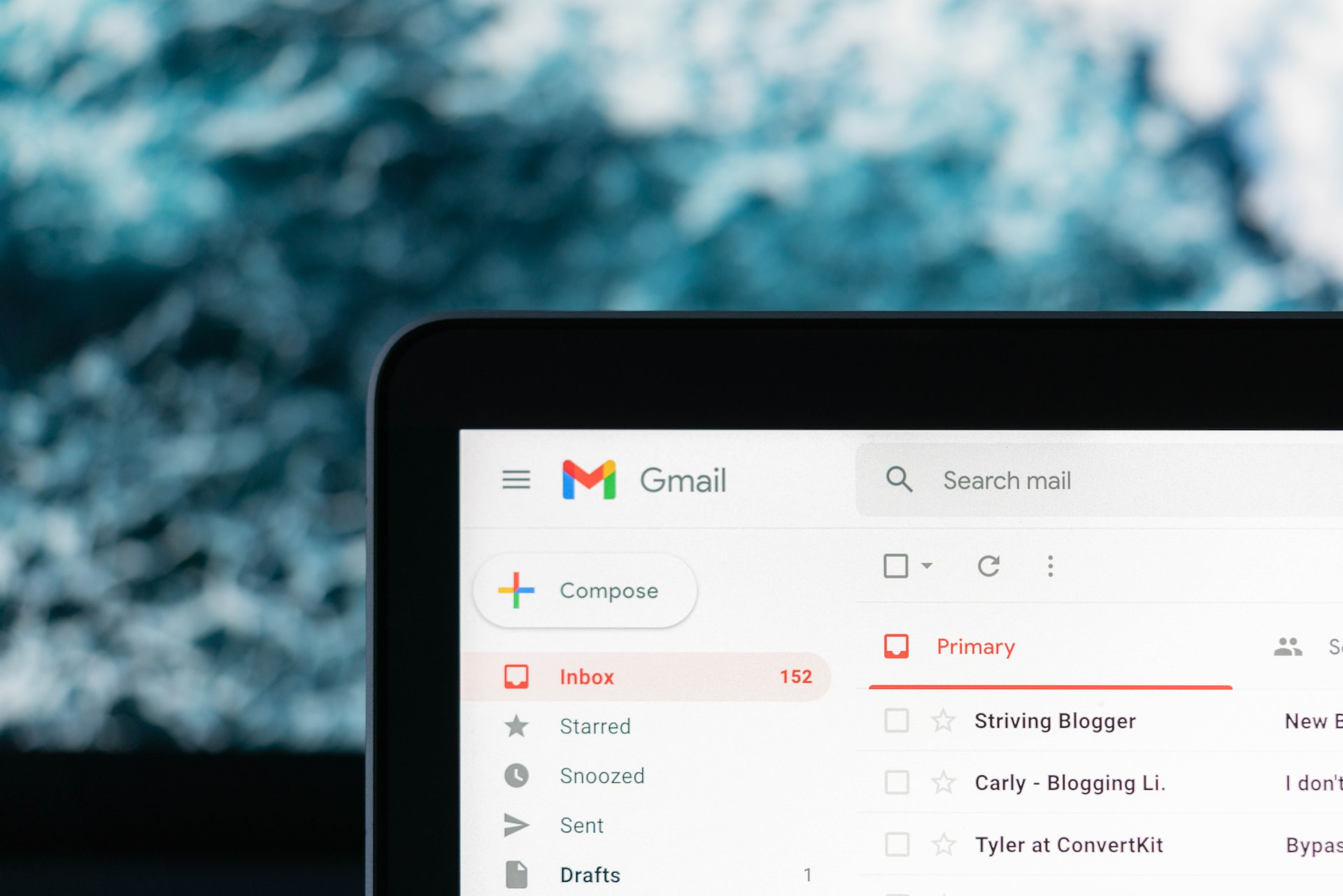Email is one of the most common forms of communication, both in personal and professional contexts. Email can help you build and maintain relationships, whether you’re corresponding with a potential lead or an existing customer. But how do you introduce yourself in an email? How to create strong relationships with new contacts, or solidify relationships with existing ones. All these questions we will try to answer in our article.
Right Introduce Yourself In Email Can Help Generate New Leads
When you start your business, first of all you need to attract more new leads. There are many ways to do it. As an example you can try to use cold email sending technology to introduce yourself to your potential clients.
Cold emailing is a process of sending emails to people you don’t know in order to introduce them to your product or service. It’s a numbers game: the more people you contact, the more leads you’ll generate.
There are a few key things you need to keep in mind when introducing yourself in an email:
– Do include a brief summary of who you are and what you do. This will give the recipient an idea of whether or not you’re someone they want to talk to.
– Don’t go into too much detail. You don’t want to bore the recipient or come across as self-centered. Keep it brief and to the point.
– Do make sure your email is well-written and free of typos. This will show that you’re detail-oriented and take care with your communications.
– Don’t use overly formal language. You want to sound friendly and approachable, not stiff or stilted.
For example:
Hi Bob,
I’m Jane Smith, and I’m a marketing consultant. I recently came across your company’s website and was impressed by your work. I wanted to reach out and introduce myself, as I think there might be potential for us to work together in the future.
I’d love to hear more about your company and what you’re working on. I’m confident that I could provide valuable insights and assistance with your marketing efforts.
I’ll follow up soon, but in the meantime, please don’t hesitate to contact me at Jane@example.com.
Best,
Jane Smith
In this email, I introduce myself as a marketing consultant, and explain that I think there might be potential for us to work together. I express interest in learning more about the company, and say that I’m confident I could provide valuable assistance with their marketing efforts. Finally, I include my contact information and invite them to get in touch.
This email is friendly and professional, without being overly formal. It shows that I have done my research on the company, and provides a snapshot of my skills and experience. By introducing myself in this way, I am hopefully starting off on the right foot with a potential client or business partner. But, what to do, if you have no time to introduce yourself in an email? You can always buy business leads.
Top Mistakes Of Introduce Yourself In Email
When introducing yourself in email, the biggest mistakes that you can make are coming across as unprofessional, too casual, or both.
To avoid these pitfalls, there are a few things you should keep in mind:
– Don’t use slang or overly informal language. This will make you seem unprofessional and could turn off potential clients or business partners.
– Don’t forget to proofread! Nothing will make you look more unprofessional than introducing yourself in an email with typos or grammatical errors.
– Do include a brief summary of who you are and what you do. This will give the recipient an idea of whether or not you’re someone they want to hear from.
– Do introduce yourself in a friendly way. Even though you’re not meeting in person, you still want to come across as warm and likable.
– Do be specific about why you’re emailing. If you can’t think of a good reason, maybe it’s best to wait until you can.
– Do include a call to action. What do you want the recipient to do after reading your email? Make it easy for them by telling them exactly what you’d like them to do.
By following these tips, you’ll be on your way to introducing yourself professionally in any email context.
Email is a convenient way to communicate, but it can also be complex. It’s important to be careful when writing professional emails, as the tone can be easily misunderstood. To get more info, please, visit – https://leadsforce.io/blog/glossary/a-definitive-guide-to-a-point-of-contact-and-its-role-in-a-business-by-leads-force.



 Bitcoin
Bitcoin  Ethereum
Ethereum  Tether
Tether  XRP
XRP  Solana
Solana  USDC
USDC  Cardano
Cardano  TRON
TRON  Lido Staked Ether
Lido Staked Ether  Avalanche
Avalanche  Toncoin
Toncoin